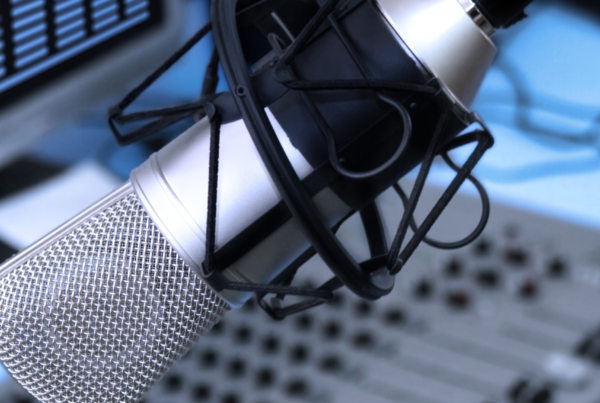Does the flow of ad spending always correlate to where consumers spend most of their time? It was once an easy question, as the types of media were few — TV, radio and print. Now, the landscape includes all the digital ways to consume content. Attention and ad spend are much more complex now, and advertisers should follow the eyes and ears of customers.
The reality is that there is a gap, which creates opportunities for local media sellers. You can point advertisers toward the tactics that have the attention they desire. It ensures the right audience gets exposure to their ads.
So, where are the areas where ad spending doesn’t align with consumer habits? Let’s take a look at the data.
Mismatches in Attention and Ad Spend
Analysis and research uncover multiple gaps.
CTV Gets Lots of Attention, Fewer Dollars
The rise in CTV ad spending continues. BIA Advisory Services expects it to be the fastest-growing local digital tactic in 2024, yet many advertisers aren’t reallocating budgets. Adults in the U.S. spend over 25% of their daily digital time engaging with CTV. However, only 10% of digital ad dollars go toward ads in this channel.
So, why the lack of spend? Several factors impact it, including:
- Local advertisers believe they don’t have the expertise or budget to create video content: This misconception keeps advertisers away. You can help them create videos with ease so they can take advantage of targeting specific groups. Targeting options include demographics, geography and interests.
- Businesses may think they won’t run on premium inventory: There’s a lot of “junk” programming via CTV, so advertisers may be hesitant. You can alleviate these concerns with a third-party digital platform that connects to a high-quality SSP (supply-side platform).
- Advertisers stick with what they know: Another issue is that many businesses aren’t evolving their advertising playbook. They’re keeping dollars in formats they know, like TV. While this will always have a place in their strategy, educating them about the capabilities of CTV targeting and engagement helps them overcome this bias.
Digital Audio and Radio Ad Spending Is Much Lower Than Consumption
The second gap in attention and ad spend is related to audio ads. U.S. adults spend 11% of their time listening daily. Ad spending, however, is only 4.9%. It’s easy for advertisers to forget about the power of radio in a digital world. Radio will forever be part of a consumer’s daily consumption behaviors. Again, misconceptions drive this gap, so clear them up by emphasizing that radio delivers impact across the sales funnel and that its listeners have high purchase intent.
Additionally, a new study concluded that radio outperforms other media in attention. It excelled at brand recall and brand choice lift. Further, radio drew the highest attentive seconds per thousand impressions compared to all other ad formats.
Explaining this to advertisers, whether they are current, former or new to radio ads, generates the opportunity to improve your spot sales. After all, advertisers want to be where their audience is.
Radio also has a trust factor greater than that of many ad formats. At the local level, this is even more present. People create bonds with personalities and are loyal to them. Radio is also part of the community, which strengthens credibility.
Make Sure Advertisers Align Attention with Ad Spend
In today’s market, advertisers need to launch multichannel campaigns to reach audiences most effectively. Campaigns that include digital and radio often have the best results. Consumer behavior and trends have a significant impact on spending, so be sure your advertisers have alignment here and aren’t just staying with what’s comfortable. In the year ahead, communicating these facts to your customers will influence their spending.
You’ll also need the right technology to sell and propose digital plus linear quickly. Find out how to evaluate the platforms in our post on third-party digital platform comparisons.






